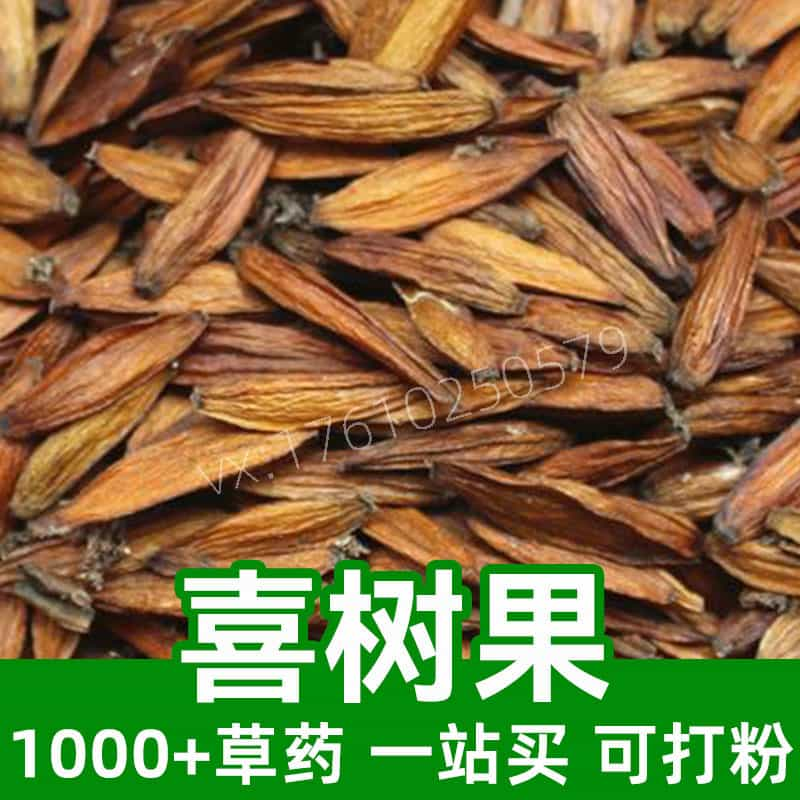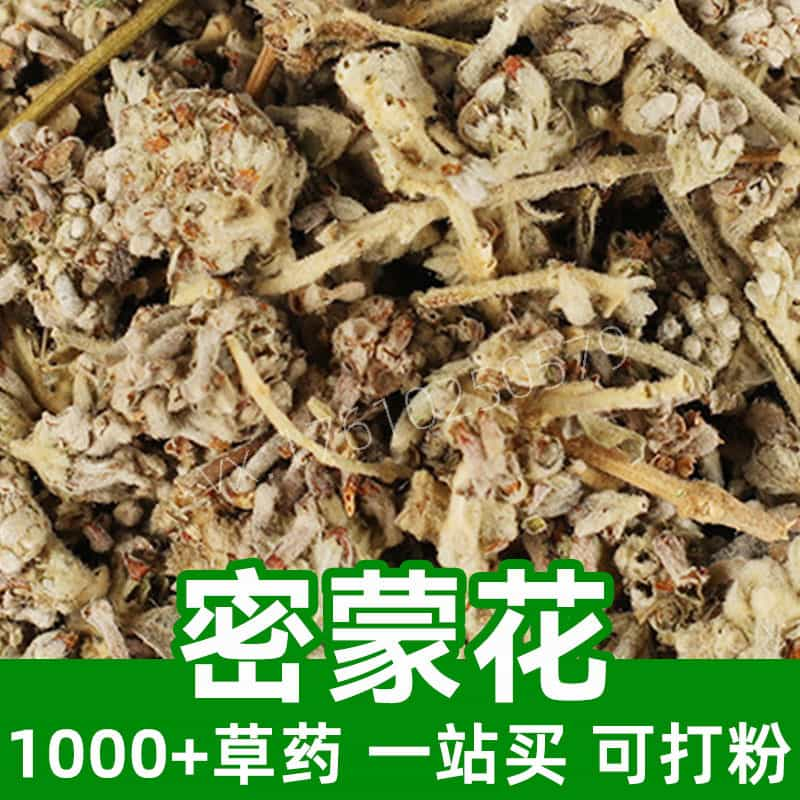Product Introduction
Hairy Fig, or Ficus hirta, is a unique tree native to the tropical and subtropical regions of Asia. Known for its distinctive and hairy branches, this tree is adorned with heart-shaped leaves that are widely recognized in traditional herbal practices. The leaves, roots, and fruits of the hairy fig have been utilized in various forms throughout history, especially in Chinese herbal medicine.
The primary components of hairy fig include flavonoids, saponins, and phenolic acids, known for their antioxidant properties. Traditionally, these components are believed to contribute to the holistic health of the body. With its mild flavor profile, hairy fig is often utilized in herbal teas and dishes, making it a versatile herb in both culinary and medicinal applications. Many herbalists recommend it for maintaining wellness and supporting overall vitality, although specific health claims should be approached with caution.
Given its wide distribution and growth adaptability, hairy fig remains a valued herb particularly within the realms of traditional Chinese medicine, where it has been employed for its presumed ability to nourish the body and support various bodily functions.
Main Active Ingredients
The hairy fig (Ficus hirta) is rich in several biologically active compounds that contribute to its popularity in traditional herbal medicine. Among these, flavonoids stand out as key active ingredients. Flavonoids are known for their antioxidant properties, which can help combat oxidative stress in the body. Common flavonoids found in hairy fig include quercetin and kaempferol, which are associated with anti-inflammatory and immune-supportive properties.
Additionally, this herb contains phenolic acids, such as gallic acid and caffeic acid, which are also recognized for their antioxidant capabilities. These acids may enhance the body’s enzymatic activity and promote healthy metabolic function. Saponins, another group of compounds present in hairy fig, have been shown to exhibit mild immune-modulating effects and are believed to promote digestive health.
Tannins found in hairy fig contribute to its astringent qualities and may support gastrointestinal health by acting as protective agents against irritants in the digestive tract. This intricate combination of flavonoids, phenolic compounds, saponins, and tannins is what makes hairy fig a significant herb within traditional medicine systems, particularly for their potential to improve overall well-being.
In conclusion, the diverse range of chemical constituents in hairy fig not only adds to its nutritional profile but positions it as a multifaceted herb that continues to be explored for various health benefits in both traditional and contemporary contexts.
Product Application Scenarios, Usage, and Dosage
Hairy fig (Ficus hirta) holds a noteworthy position in traditional Chinese medicine (TCM) due to its versatility in application. It can be consumed in various forms, including teas, decoctions, tinctures, or as an ingredient in meal preparations. The recommended dosage varies depending on the form used; however, typical preparations suggest infusing 5-10 grams of dried hairy fig leaves per cup of boiling water for making herbal tea. This should be consumed 1-3 times a day.
In TCM, hairy fig is believed to nourish the “Yin” and support the liver and kidney meridians, making it an important herb in treatments aimed at promoting overall vitality and balance. It is often combined with other herbs to enhance its effects; for instance, pairing it with ginseng can create a tonic for energy and resilience.
In the food industry, hairy fig can also be used as an ingredient in soups and stews due to its mild flavor. It is important to note that the methods of preparation and consumption can vary based on individual health needs and cultural practices.
While hairy fig is generally considered safe for consumption as a food product, it is always advisable to consult a healthcare professional or a certified herbalist prior to incorporating it into your diet, especially if combining with other herbs or medications.
Introduction to the Source Plant, Distribution, and Growth Environment
The hairy fig, scientifically known as Ficus hirta, is a member of the Moraceae family and is commonly found in tropical and subtropical regions throughout Asia. This tree is particularly abundant in countries like China, India, Malaysia, and Thailand, where it thrives in a variety of environments, including forested areas, along riverbanks, and in open grassy locations.
Hairy fig trees typically grow in warm, humid climates and can reach heights of around 10 meters, with a spreading canopy that provides ample shade. The tree's bark is characterized by its unique hairy texture, which is a distinguishing feature of the species. During the growing season, hairy figs produce small, unassuming flowers that eventually develop into edible fig-like fruits.
The growth environment plays a crucial role in the tree’s overall health and the concentration of its active ingredients. Hairy figs prefer well-drained soil with ample moisture and light, although they exhibit some adaptability to different soil types. This adaptability ensures that the tree can flourish in diverse climatic conditions, which contributes to its wide distribution across Asian regions.
In recent years, as interest in herbal medicine and natural remedies has surged globally, the hairy fig has gained recognition not just for its traditional uses but also for its ecological role in its native habitat. The tree serves as a source of food and shelter for various species, including birds and insects, thereby playing an integral part in its ecosystem.
Harvesting, Processing, and Storage
The harvesting of hairy fig (Ficus hirta) is a thoughtful process that requires knowledge of the plant’s growth cycle. The best time to harvest hairy fig leaves, roots, or fruits is during the early morning when they are most vibrant and full of moisture. Leaves are typically selected for their health and color, avoiding any that show signs of disease or infestation.
Once harvested, the processing of hairy fig products is crucial to ensure the preservation of its beneficial compounds. The leaves are usually dried in a shaded, well-ventilated area to prevent the degradation of active ingredients due to direct sunlight. It is essential to maintain low humidity during the drying phase to avoid mold development. After drying, the leaves can be ground into powder or left whole, depending on their intended use.
For storage, it is advisable to keep dried hairy fig leaves in airtight containers, preferably in a cool, dry, and dark place to minimize exposure to moisture and light, which can diminish their quality over time. Properly stored, dried hairy fig leaves can maintain potency for up to one year.
The roots of hairy fig, used less commonly, should also be dried and stored in similar conditions to maintain their efficacy. When using hairy fig in herbal preparations, it’s important to observe hygiene practices throughout the harvesting, processing, and storage phases to ensure the best quality and safety of the final product.
Overall, the meticulous care involved in harvesting, processing, and storage highlights the respect and value placed on hairy fig within herbal traditions. Recognizing its natural integrity ensures that consumers can benefit from the plant's properties while supporting sustainable practices.
Monica Sun is a seasoned expert in the natural raw materials industry, with over a decade of experience specializing in traditional Chinese medicinal herbs, spices, and fungi. She is skilled in the sourcing, processing, and application of these materials, emphasizing sustainability and innovation. Monica Sun has contributed to the development of high-quality natural raw materials that serve as essential components in functional foods, pharmaceuticals, and cosmetics, delivering tailored solutions to meet diverse market needs.













